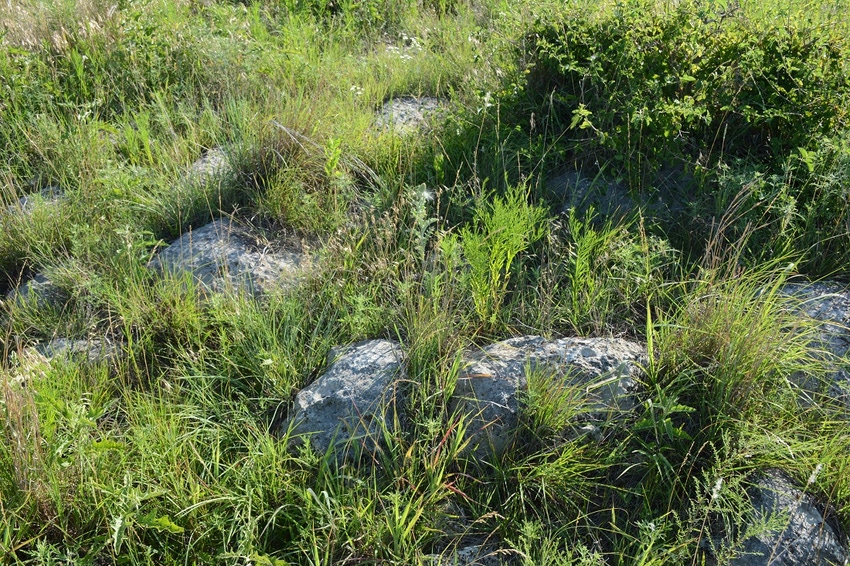
Recently I attended a teaching session with Burke Teichert at a local university. One of the students asked a question about the best new technologies of the past 40 years or so.
Teichert said (and I agreed) it is the technology centered around electric fence energizers and fencing materials, our present ability to control grazing and plant recovery, build soil, grow grass, control brush, calm cattle and greatly increase profitability while increasing our fun and enjoyment.
By the way, I told Teichert that grass-fed beef from his country would knock his socks off with satisfaction with some planning and a couple of add-ons. One is the addition of apple cider vinegar (ACV) at six to 10 ounces daily per head for a week or so prior to harvest.
Much of the West is very well mineralized. Actually, a lot of that country has soil that does not come off the parent rock material fast enough. Much of this is due to grazing practices and the lack of complete plant recovery before grazing. The other major factors seem to be lack of animal density and low annual moisture. Boom and bust management builds soil in brittle environments and the same principle yields nearly identical results in the high moisture country of Tennessee where we ranch.
In areas of low or nearly zero limestone and moderate to high annual moisture the addition of calcium (lime) is always advantageous and most likely a money maker. Calcium is the major mineral driver of soil health. Most soil biology responds positively to calcium. Everyone agrees that earthworms are among forage producers' best friends. Earthworms love calcium-rich soils. We have got to stop looking at lime from only a buffering standpoint and look at the importance of calcium as the major mineral of life systems, including animals above and below the soil surface.
Here is a brief list of calcium benefits:
Increases microbial soil activity.
Increases carbon cycling.
Increases plant energy production.
Increases protein production in plant life.
Increases release of phosphorous.
Increases animal health including reproduction.
Calcium is the kingpin of minerals, and if your place is very far off the rock it likely needs some. How much is important, because if you use too much it binds up phosphorous and several trace minerals for at least a season. The take-home message is to check your soil's colloidal (base) saturation level. The calcium needs to be 70-80%. If it is lower then you have lots of room for increased animal health and profitability. Boom and bust adaptive grazing with the addition of a little lime will normally pay big benefits.
Review what Walt Davis, Alan Newport and I have written in the past several years: Real soil growth and high production increases in unparalleled dollar gains on a per-acre basis is much more than possible. If you need calcium then add a little. In high moisture areas 300-500 pounds per acre annually is a good place to start. If you're ranching on top of limestone you are blessed. Future sagas will show how to get it done.
About the Author(s)
You May Also Like






